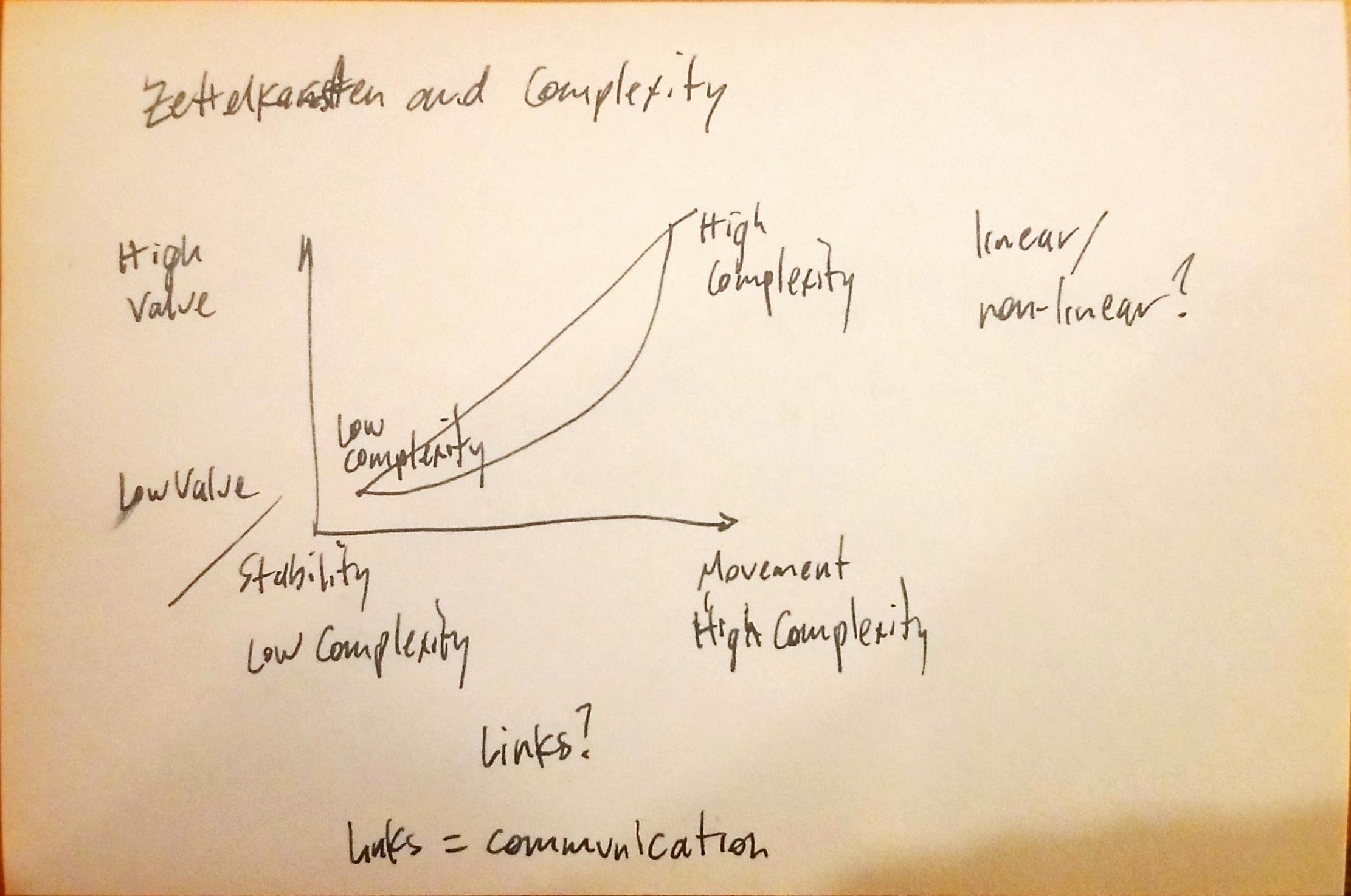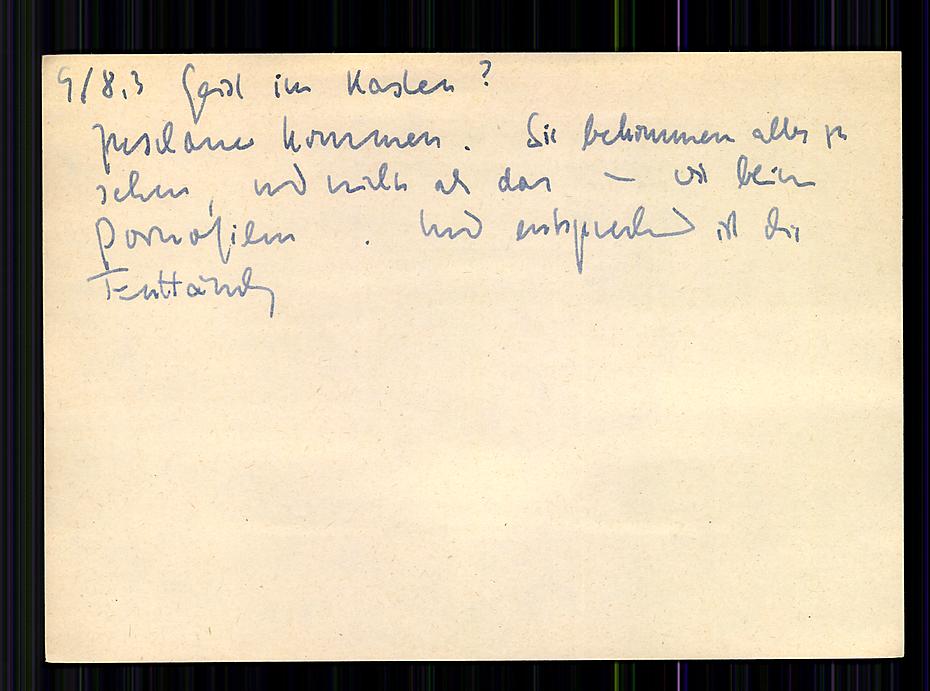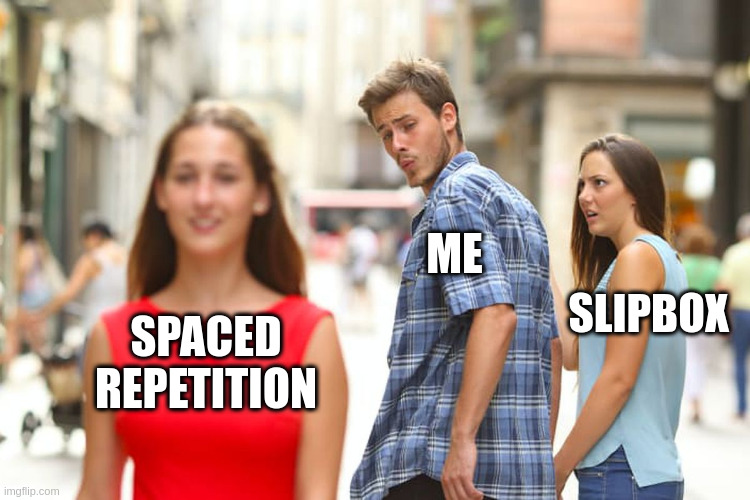I like the idea of some of the research into education, pedagogy, and technology challenges here.
Given the incredibly common and oft-repeated misconception which is included in the article ("But Zettelkasten was a very personal practice of Nicholas Luhmann, its inventor."), can we please correct the record?
Niklas Luhmann positively DID NOT invent the concept of the Zettelkasten. It grew out of the commonplace book tradition in Western culture going back to Aristotle---if not earlier. In Germany it was practiced and morphed with the idea of the waste book or sudelbücher, which was popularized by Georg Christoph Lichtenberg or even re-arrangeable slips of paper used by countless others. From there it morphed again when index cards (whose invention has been attributed to Carl Linnaeus) were able to be mass manufactured in the early 1900s. A number of well-known users who predate Luhmann along with some general history and references can be found at https://en.wikipedia.org/wiki/Zettelkasten.
I suspect that most of the fallacy of Luhmann as the inventor stems from the majority of the early writing about Zettelkasten as a subject appears in German and hasn't been generally translated into English. What little is written about them in English has primarily focused on Luhmann and his output, so the presumption is made that he was the originator of the idea---a falsehood that has been repeated far and wide. This falsehood is also easier to believe because our culture is generally enamored with the mythology of the "lone genius" that managed Herculean feats of output. (We are also historically heavily prone to erase the work and efforts of research assistants, laboratory members, students, amanuenses, secretaries, friends, family, etc. which have traditionally helped writers and researchers in their output.)
Anyone glancing at the commonplace tradition will realize that similar voluminous outputs were to be easily found among their practitioners as well, especially after their re-popularization by Desiderius Erasmus, Rodolphus Agricola, and Philip Melanchthon in the emergence of humanism in the 1500s. The benefit of this is that there is now a much richer area of research to be done with respect to these tools and the educational enterprise. One need not search very far to discover that Ralph Waldo Emerson and Henry David Thoreau's output could potentially be attributed to their commonplace books, which were subsequently published. It was a widely accepted enough technique that it was taught to them at Harvard University when they attended. Apparently we're now all attempting to reinvent the wheel because there's a German buzzword that is somehow linguistically hiding our collective intellectual heritage. Maybe we should put these notes into our digital Zettelkasten (née commonplace books) and let them distill a bit?
syndication link: https://browninterviews.org/suddenly-you-realize-that-your-house-is-not-equipped-with-a-water-hose-or-even-emergency-exit-we-are-not-prepared-for-e-learning-at-such-a-large-scale-brown-interviews-dr-jingjing-lin/#comment-637


 Niklas Luhmann, Zettelkasten II,
Niklas Luhmann, Zettelkasten II, 

 (via
(via